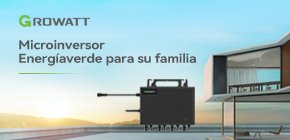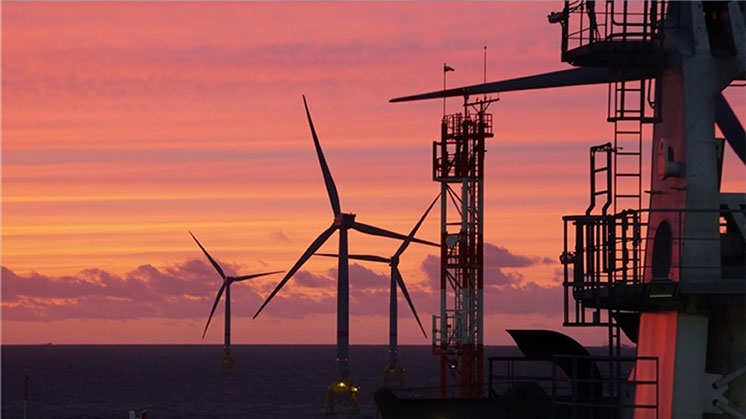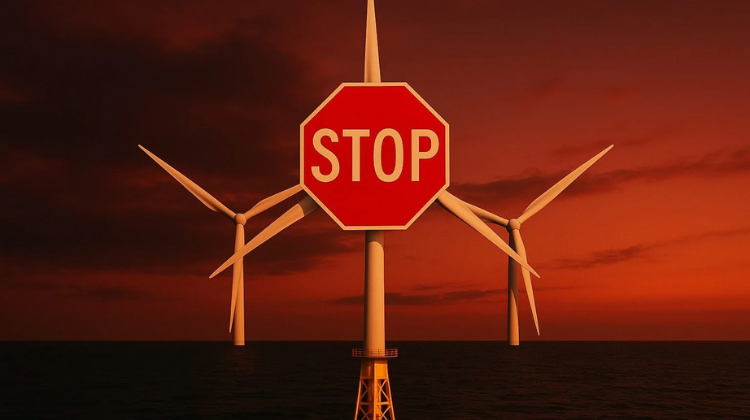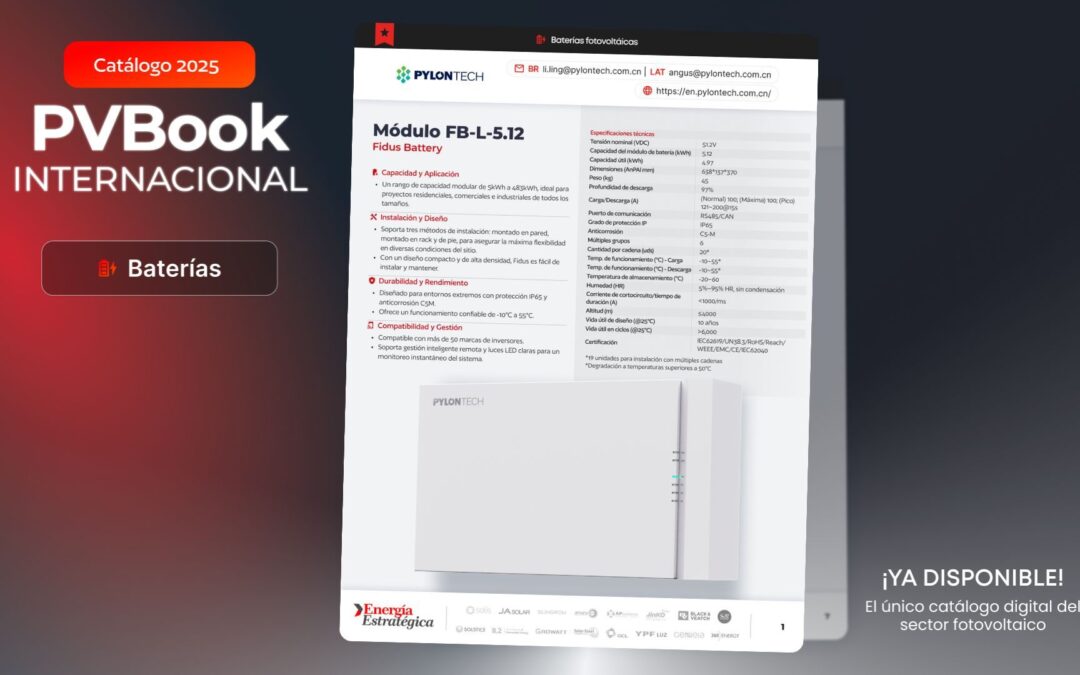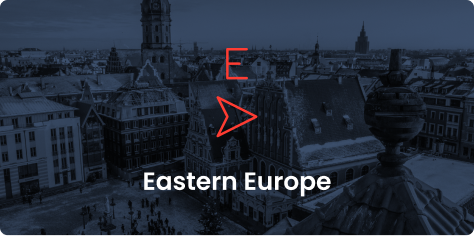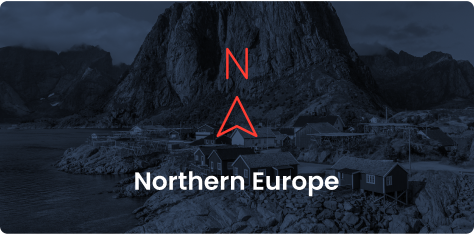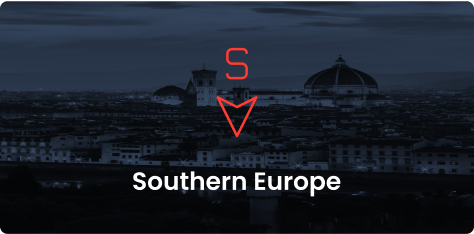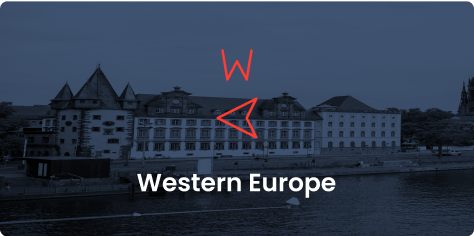Baltic Eagle, with a capacity of 476 MW, has 50 wind turbines of 9.53-MW of unit power on monopiles, for an annual production sufficient to meet the needs of 475,000 homes and avoid the emission of 800 thousand tonnes of CO2 into the atmosphere every year.
In July 2023, the company signed a strategic agreement with Masdar to co-invest in the Baltic Sea wind farm, which under the terms of the deal is valued at approximately €1.6 billion euros. Since 2006, the UAE’s flagship renewable energy company has been a pioneer in advancing the clean energy sector in the UAE, the Middle East and around the world, delivering more than 20 GW of energy to power more than 5.25 million homes.
Main components of wind turbines
MHI Vestas Offshore Wind is the official supplier of the MVOW V174 turbines. The installation began in May 2024 with the placement of the first of the 50 wind turbines that make up this wind farm.
These turbines have the industry’s largest commercially proven rotor size and most powerful output, with 174-m rotor blade diameter — whose swept area is 23,778 m2, equivalent to 3.3 football fields — and a hub elevation of 107 m above sea level. It will be the largest project Vestas has installed offshore in Germany.
The remaining turbines were installed throughout 2024 with the offshore jack-up installation vessel Blue Tern, which is specially designed for the Baltic Sea seafloor thanks to its long legs. This jack-up vessel is owned by Fred.
Olsen Windcarrier, which already collaborated with Iberdrola during the construction of the Wikinger wind farm, and has an 800t main crane capable of transporting the towers, nacelles and blades to the offshore construction site and assembling them on the transition pieces.
For its part, the foundations were carried out by Asturian Windar and German EEW SPC.
Windar manufactured the 50 transition pieces as well in Avilés (Asturias), which join the turbine towers to the foundations. The company has completed in 2022 the entire production, which involved some 800 jobs and involved nearly 30 suppliers from northern Spain.
The 50 monopiles were fabricated at EEW’s mega-factory in Rostock (by the Baltic Sea). With a 9 to 8.75 m diameter, a 75 to 90 m length and a maximum foundation weight of 1,402 tonnes, these components were built from January 2022 to January 2023. Load out begun in April and ended in September 2023.
The transport and installation of the foundations as well as the supply, transport and installation of the interconnection cables have been awarded to Van Oord. The Dutch company deployed its 8,000-tonne heavy lift installation vessel, the Svanen, to install the 50 monopiles, which has installed more than 700 foundations across Europe.
Van Oord used its Nexus vessel and the Dig-It trencher, which is adapted to the difficult sea floor conditions in the Baltic, to lay the cables between the various assemblies.






